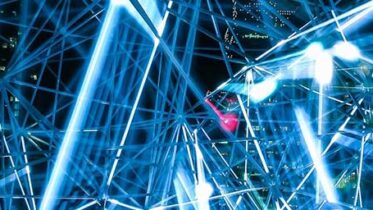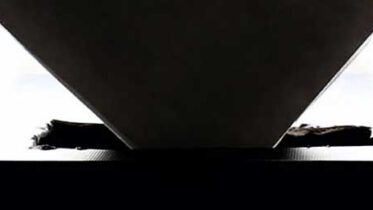Are you ready to take your business to the metaverse?
- 07 June 2022
- Articles
The Metaverse, science beyond fiction
30 years ago, Neal Stephenson coined the term “METAVERSE” in his novel SNOW CRASH, defining it as a massive virtual ecosystem in which people interact through avatars. Now, as of 2022, avatars and these ecosystems are a reality, created and designed on many technologies that have been refined over 3 decades and are still evolving.
These technologies have been useful to achieve a duality between the physical (real) environment and the digital (virtual) twin, going through three essential stages:
- The creation of “digital twins”, that is, the digitalization of the real world
- The existence of digital permanent places, at least for the establishment of a native digital community
- The coexistence and interaction of several digital communities, the “massive virtual ecosystem”
Having created the digital twins, established the virtual environment for their existence, and started the connection between several communities of this type, what we now refer to as METAVERSE emerged.
Innovation, creativity, and technological development have been the fuel and the workforce for the creation of this world and are therefore embedded within its genetic code.
The technologies widely exploited and known as virtual reality (VR) and augmented reality (AR), that create a full digital environment in 360° (VR) or add layers of digital information about the real world (AR), are the space in which the new virtual world is developed.
On the other hand, the interaction in these new spaces is carried out with the support of other technologies like blockchain and NFTs, which allow individualizing, registering, transfer, and sharing of both individuals and assets within the METAVERSE and have become very important since the appearance of cryptocurrency and avatars (our alter egos in the metaverse).
It is important to say that all these technologies have been applied and, in their measure, enhanced to be applied in the Metaverse, but they all exist and are applied in different fields of human life.
Both blockchain and NFTs have become very useful for the creation of encrypted digital certificates, verified and verifiable, that in the metaverse enable the creation of unique and fully detectable assets. However, these technologies allow having precision in terms of identification, date of creation, and even register of transmissions, value, and other data securely and safely on documents and assets, providing their owners’ security elements and certainty to avoid the loss of the asset, be able to track it, determine its value and even have a mapping of its modifications.
As you can see, technological innovation has taken science beyond Neals Stephenson’s imagination since it has enabled the design and creation of these virtual environments and has enabled the individualization of these “virtual twins” as well as assets and services allowing an “ALMOST REAL” interaction within them.
This new space is creation land, useful for human social interaction, artistic creation, commerce, and marketing, without physical limitations, creating new opportunities for both business and illicit activities.
One of the most important questions, before this new human reality, is do we have to regulate this new space? Are we going to create useful tools that provide security and enforce real-world laws? Can this be a safe space to invest in? None of these questions have a definitive answer.
The regulation of this space is still pending. In due course, the Internet was the subject of the same questions, and the regularization attempts were neither fructiferous nor efficient. The World Wide Web has originated several legal and commercial conflicts, their interests rather solved that. Laws such as PIPA and SOPA did not see happy results and it was possibly because they are part of fertile land for the appearance of METAVERSE.
Now, tools that provide the functionality to virtual worlds, are also becoming legal tools used to bring existing legal instruments to those worlds and, in the same way, take the necessary elements within the metaverses and take them to Courts or traditional commercial operations.
Successful strategies have been the protection of industrial property, intended and focused on the metaverse, and the inclusion in trademark portfolios to protect digital assets and services. Copyright protection accompanied by technologies such as blockchain and NFTs, the implementation of industrial secrets protected with the same technologies facilitate the protection of these rights inside the virtual world.
To avoid violations of these rights inside the virtual world, the real world “legal twin” is required, the creation of real-world rights for assets and services that will interact in the virtual world, accompanied by legal-technological tools that allow giving legal certainty when carrying out interactions in the virtual world. This will create certain legal environments inside a digital one, allowing to create proof and certainty elements that can be demanded and accredited in real-world Courts.
Having legal firms that can implement the necessary technological tools, with creativity and the knowledge of the interaction between the legal world and the digital one, will be the safest path to build, preserve and demand the rights inside and outside of the metaverse.
In ClarkeModet we are ready to help you protect your trademarks, thanks to our wide experience in the implementation of technological tools in the metaverse.
If you are interested in protecting your trademarks in the metaverse, contact us at infomarketing@clarkemodet.com










